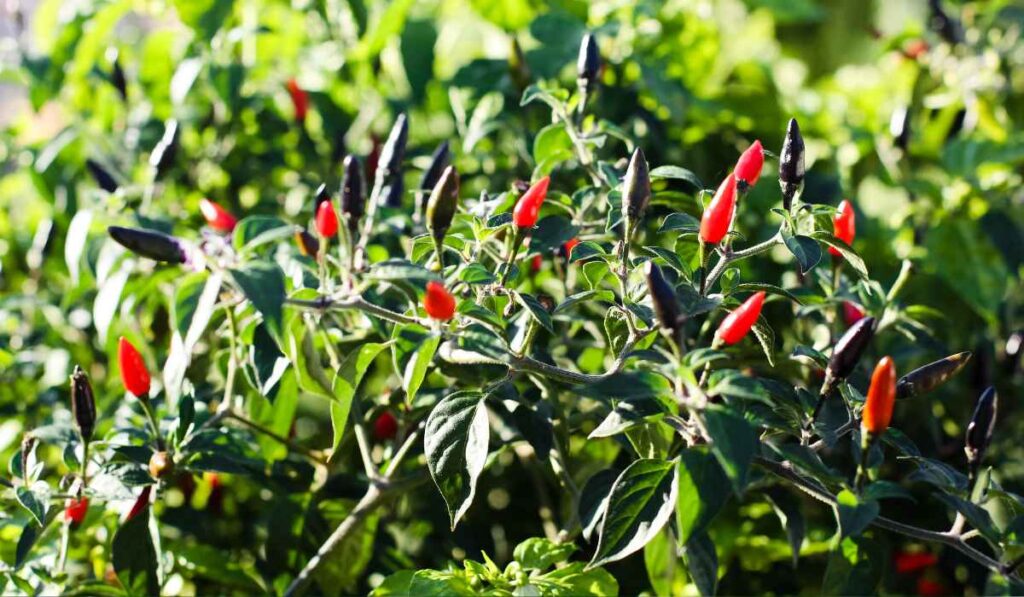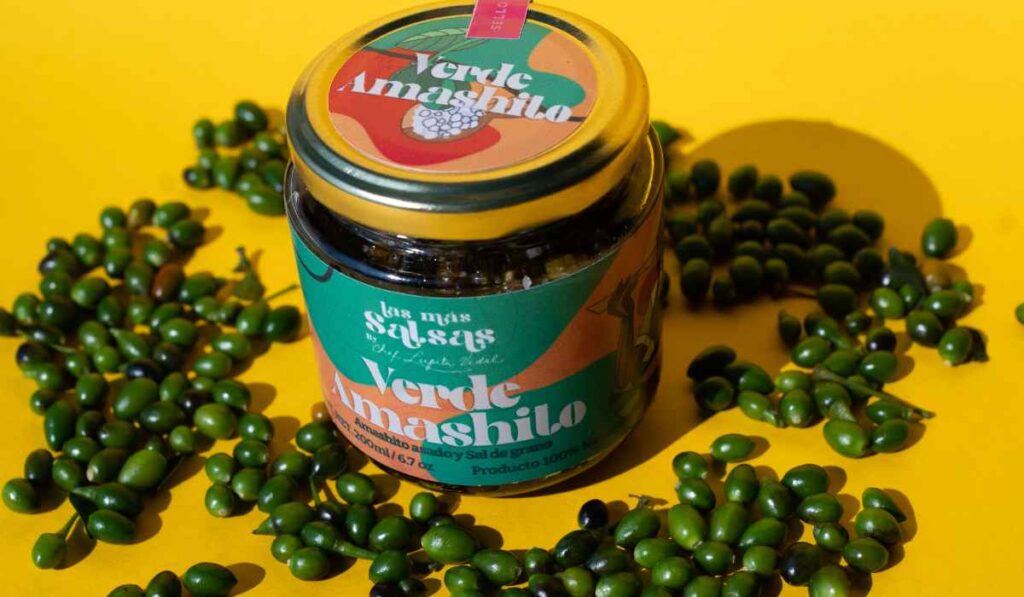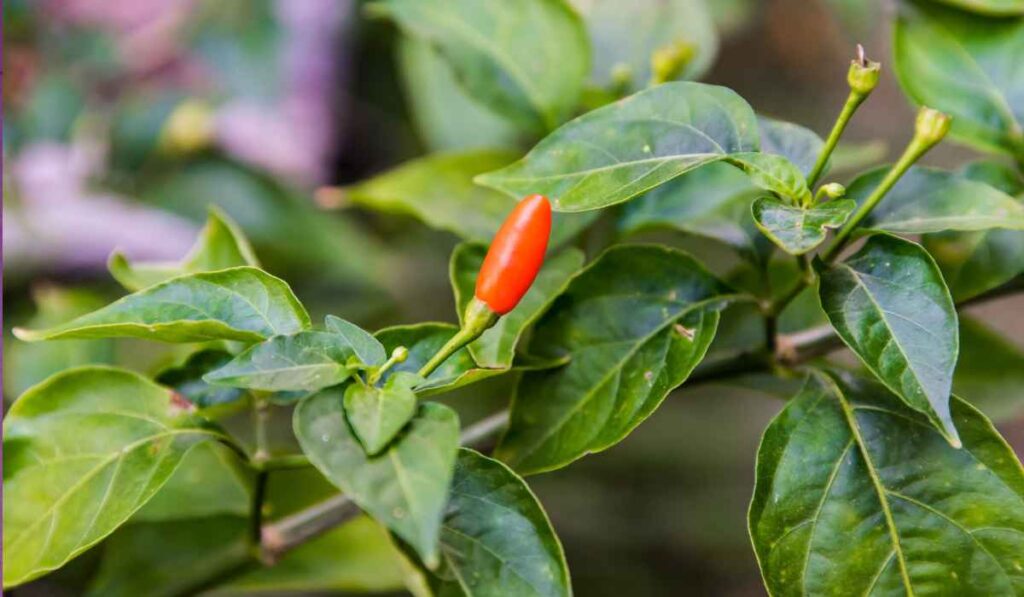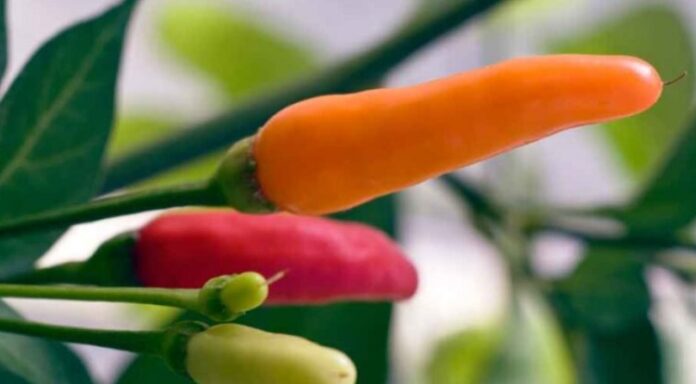Chef Lupita Vidal invites us to honor our chili peppers and learn about some of the traditional chili peppers from Tabasco.
Local Chef Lupita Vidal highlights the importance of the three original chili peppers from Tabasco.
According to the National Institute of Anthropology and History (INAH), chili is present in 90 percent of Mexican dishes, either directly or indirectly, through preparations such as sauces, moles, and marinades, among others.
And it is that Mexicans do not conceive of eating almost any dish without spiciness, in most of the preparations it is already included and even so, we like to add a touch of sauce.
Below we present some of the most traditional chiles from Tabasco.

Tabasco Chile
Small, round and itchy like a red ant bite.
It is the eternal companion of all Tabascan meals, it gets along very well with broths, seafood, soups, and stews, among others, this chili cannot be missing from any table in the state of Tabasco.
This type of chile grows in the wild, and therefore many people cultivate them at home.

Chile Amashito
Chef Lupita Vidal’s favorite is the Amashito because it is the most representative of Tabasco, she roasts it over very low heat for several minutes so that it gives off its best smell, then mixes it with grain salt, cools, and packages it.
The Amashito pepper is a variety of the chiltepin pepper, therefore, on the Scoville scale, it should contain 100,000 to 200,000 units of capsaicin, the substance that causes itching.
Its heat term is “medium” since a habanero, for example, has capsaicin units that reach up to 400,000.
They grow wild in small bushes, therefore, everything that makes up the chile gets spicy, even its leaves, which are used in the traditional green stew of Tabasco.

Pico de Paloma Chile.- This wild chile known colloquially as Pico de Paloma (Pidgeon’s Beak) (Capsicum frutescens L.) is a native to the state of Tabasco, Mexico.
Source: Gourmet de Mexico




